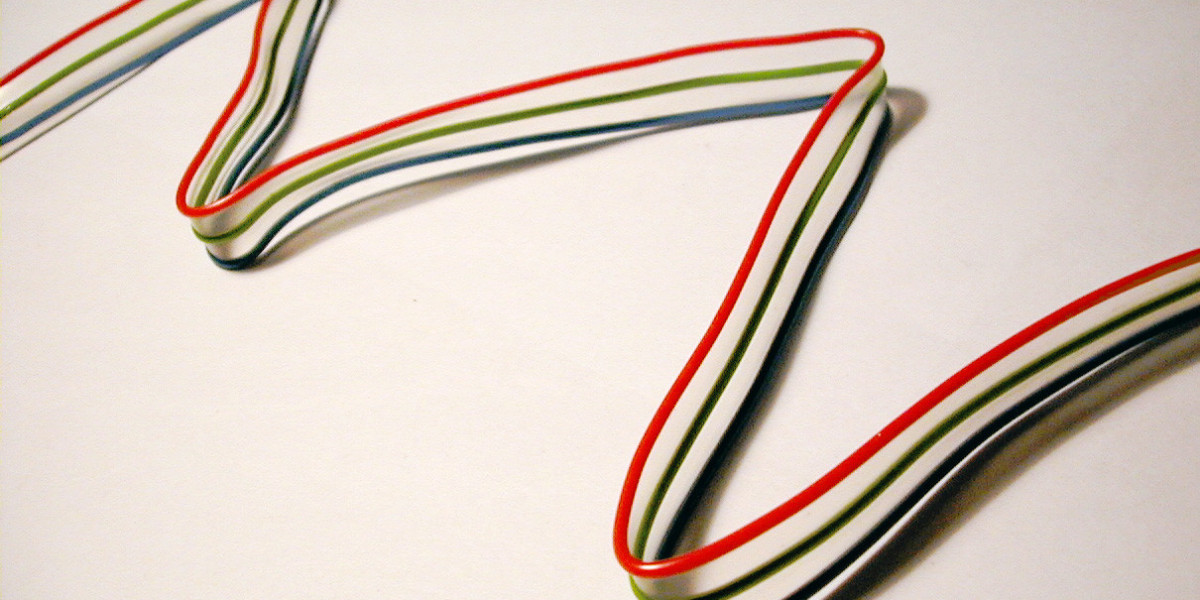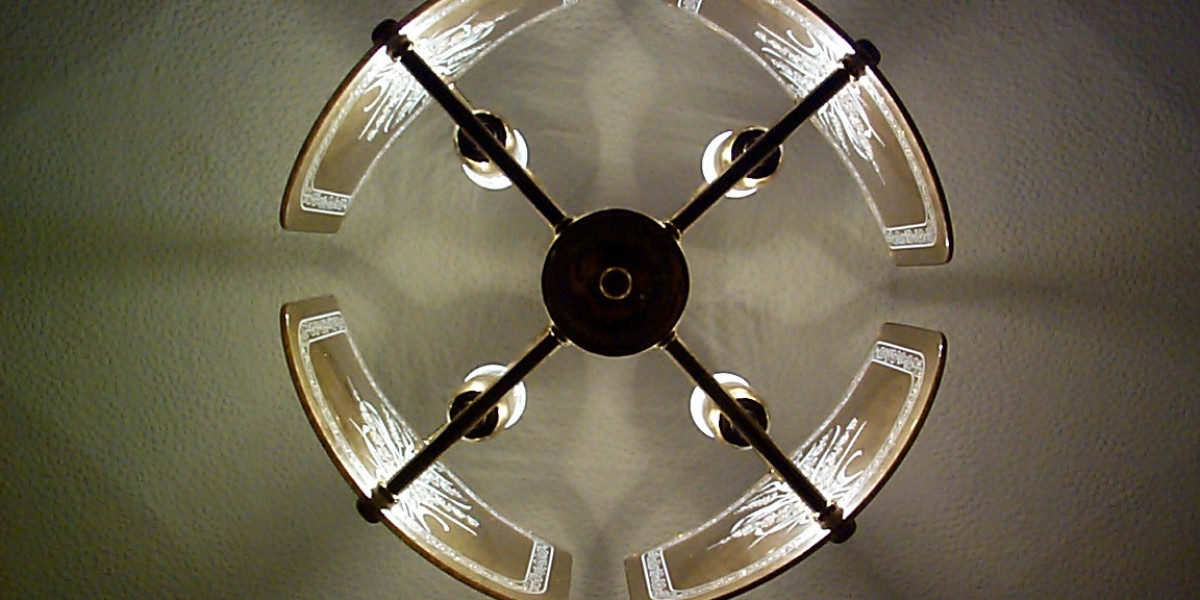Advanced Guide To Anabolic Cycles
1 – What is an "anabolic‑steroid stack"?
A stack is a planned combination of one or more anabolic–androgenic steroids (AAS) and/or AAS‑enhancing agents taken simultaneously so that the pharmacological actions of each component complement or counterbalance the others.
Typical goals of stacking are:
| Goal | Common approach |
|---|---|
| Maximise muscle gain | Pair a long‑acting "core" steroid (e.g., Trenbolone, Anadrol) with a short‑acting anabolic (e.g., Dianabol). |
| Minimise side‑effects | Add agents that protect the liver, reduce aromatization, or preserve testosterone (e.g., Aromasin, Clomid). |
| Support recovery & performance | Combine anabolic steroids with SARMs or growth‑factor mimetics. |
---
2. Why Trenbolone is a popular core
Trenbolone is often used as the backbone of many cutting or bulking cycles because:
| Property | How it helps |
|---|---|
| Very high anabolic potency (≈10× testosterone) | Drives rapid muscle gains and fat loss. |
| No aromatization to estrogen | Avoids water retention, gynecomastia. |
| Stabilizes body weight | Keeps you from "spiking" in the middle of a cycle; weight tends to rise slowly or even fall slightly. |
Because it is so potent and stable, Trenbolone cycles usually see gradual changes in weight rather than sudden spikes.
---
3. What could cause a sudden spike?
If your weight jumps by ~10 kg within weeks while you’re on an AAS cycle, think about:
| Possible Cause | Why it’s plausible | How to test |
|---|---|---|
| Rehydration / Fluid retention (e.g., due to anabolic steroids or high‑dose testosterone) | Steroids can cause sodium/water retention; if you stopped drinking fluids for a while, re‑introducing them can make weight go up. | Track daily fluid intake & weigh yourself on the same day/time each week. |
| High‑carb diet / carbohydrate loading | Carbs increase glycogen → more water stored (≈3–4 g per gram of carb). | Compare weekly nutrition logs; note if carbs increased dramatically before weight gain. |
| Increased caloric intake & weight gain | Even if carbs stable, extra calories can cause fat gain → higher weight. | Compare total daily calories each week; look for spikes. |
| Change in activity level or exercise intensity | Less cardio or strength training can reduce calorie burn. | Check workout logs: days, duration, intensity. |
| Water retention due to hormones (e.g., menstrual cycle) | Fluctuations in estrogen/ progesterone can cause bloating. | Note if weight gain coincides with mid‑cycle. |
| Medical or medication changes | Some meds cause fluid retention; medical conditions can affect metabolism. | Review any new medications or https://china-jobs.de health events. |
---
4️⃣ How to Decide Whether to Change Your Plan
- Quantify the problem
Is it a temporary spike (e.g., one day) or sustained?
- Check your logs for patterns
Did you skip workouts or change intensity?
- Consider physiological reasons
Have you been under‑feeding, leading to metabolic slowdown?
- Decide on action steps
If activity decreased → schedule more workouts or add movement throughout the day.
If data is consistent with normal variations → no change needed.
- Re‑evaluate after a short period (e.g., 1–2 weeks)
3️⃣ Using the Data Effectively
| Tool | How to use it |
|---|---|
| Apple Health | View daily/weekly summaries → spot trends. |
| Fitbit app | Sync data → generate reports, set reminders. |
| Third‑party analytics (e.g., MyFitnessPal, Google Fit) | Combine with diet logs for a full picture. |
Tips
- Set SMART goals: e.g., "Walk 10,000 steps/day" or "30 min moderate activity five times/week."
- Track consistency: A streak counter keeps motivation high.
- Compare data over time: Use graph overlays to see progress after 4‑8 weeks.
3. How Many Steps Should You Aim For?
General Recommendations
| Age/Group | Suggested Daily Steps |
|---|---|
| Adults (18–64) | 10,000 steps (average worldwide goal) |
| Older adults (65+) | 7,500 – 9,000 steps (adjust based on mobility and health goals) |
| Children (6–12) | 12,000 steps (active play & school activities) |
| Teens (13–18) | 10,000 steps (promotes fitness & mental health) |
Why 10,000 Steps?
- Originated from a Japanese pedometer marketing campaign; however, research shows that even 4,000–5,000 steps/day can yield significant health benefits for sedentary adults.
- The figure is simple and motivational, encouraging consistent activity.
Customizing Your Goal
- Assess Current Activity Level: Use your app’s baseline data to determine average daily steps over the past week.
- Set Incremental Targets: Increase by 500–1000 steps per week until you reach a comfortable level (e.g., from 3,000 to 4,500).
- Consider Health Status:
- Joint Pain: Incorporate low-impact exercises like swimming or cycling.
- Use SMART Goals: Specific (increase steps by 1,000), Measurable (track via app), Achievable (within your capacity), Relevant (improve health), Time-bound (achieve in 6 weeks).
3.2 Tracking Progress
| Feature | How to Use |
|---|---|
| Daily Summary | Check after each day; review trends. |
| Weekly Reports | Generate at the end of week; look for patterns. |
| Goal Settings | Set a target (e.g., 10,000 steps/day); receive notifications when near goal. |
| Activity Log | Record non-walking exercises to understand total movement. |
3.3 Adjusting Goals
- If you’re consistently below the target: consider short walks during breaks or after meals.
- If you’re exceeding the target: good job! You might lower the goal slightly if you find it too demanding.
4. Staying Safe While Walking
Exercise is beneficial, but safety matters.
4.1 Physical Safety
| Situation | Precautions |
|---|---|
| Walking on uneven sidewalks or stairs | Use handrails; watch your footing. |
| Using public transport | Keep an eye on personal belongings; stay aware of surroundings. |
| Walking in the dark (after 9 pm) | Wear reflective clothing; carry a phone and flashlight. |
4.2 Health Safety
| Scenario | Tips |
|---|---|
| Feeling dizzy or light‑headed | Stop, sit down, hydrate; seek medical help if symptoms persist. |
| After an illness | Gradually increase activity; avoid overexertion. |
| During cold weather | Dress in layers; cover extremities to prevent frostbite. |
4.3 Safety Tips While Traveling
- Keep a small first‑aid kit (bandage, antiseptic wipes).
- Store important documents in separate bags.
- Stay aware of your surroundings—use reputable transportation services.
5. Summary & Quick Reference Checklist
| Topic | Key Takeaway |
|---|---|
| Warm‑up | 3–4 min of light activity + dynamic stretches. |
| Cooldown | 2–3 min of low‑intensity movement + static stretching. |
| Dynamic Stretches | Focus on the muscle groups you’ll use (hamstrings, quads, calves). |
| Static Stretches | Hold for 20–30 s after exercise; target all major lower‑body muscles. |
| Post‑Workout | Combine cooldown with light walking and gentle static stretches. |
Quick Daily Routine
- Warm‑up (4 min)
- Dynamic Stretch Set (3–4 mins)
- Main Activity – e.g., 30‑min walk or light jog
- Cooldown & Static Stretches (5–6 mins)
- Hold each stretch: hamstring, quad, calf, glute, hip flexor, chest, shoulders, triceps
Key Points to Remember
- Warm up before stretching – helps prevent injuries.
- Keep stretches gentle; never bounce or push into pain.
- Breathe steadily—inhale on the way down, exhale as you hold.
- Consistency beats intensity: regular 5‑minute routines yield long‑term benefits.
Bottom Line:
You don’t need an elaborate routine. A short, consistent stretch and warm‑up sequence—like a brisk walk or gentle jog followed by basic leg stretches—can dramatically improve your comfort and reduce injury risk in the long run. Start with just 5 minutes daily, gradually adding movement as you feel ready, and watch your mobility, confidence, and enjoyment of sports grow.








